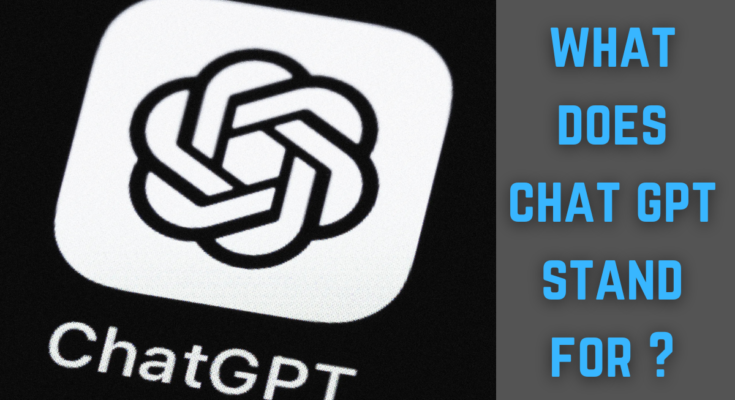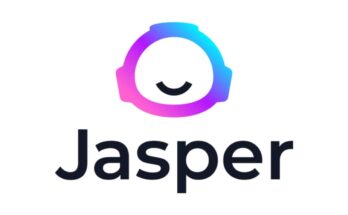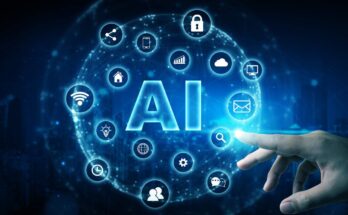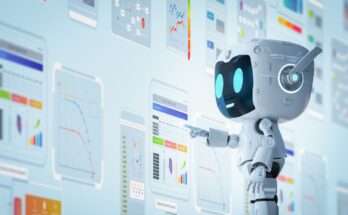In this ever-changing artificial world, the model ChatGPT has taken center stage among many AI conversational models. So, what is the meaning of ChatGPT? We shall break down this term in our article and show its meaning along with the functions it has in place.Lets see what does chat gpt stand for ?
Name Understanding “ChatGPT”
The word ChatGPT is derived from two important components:
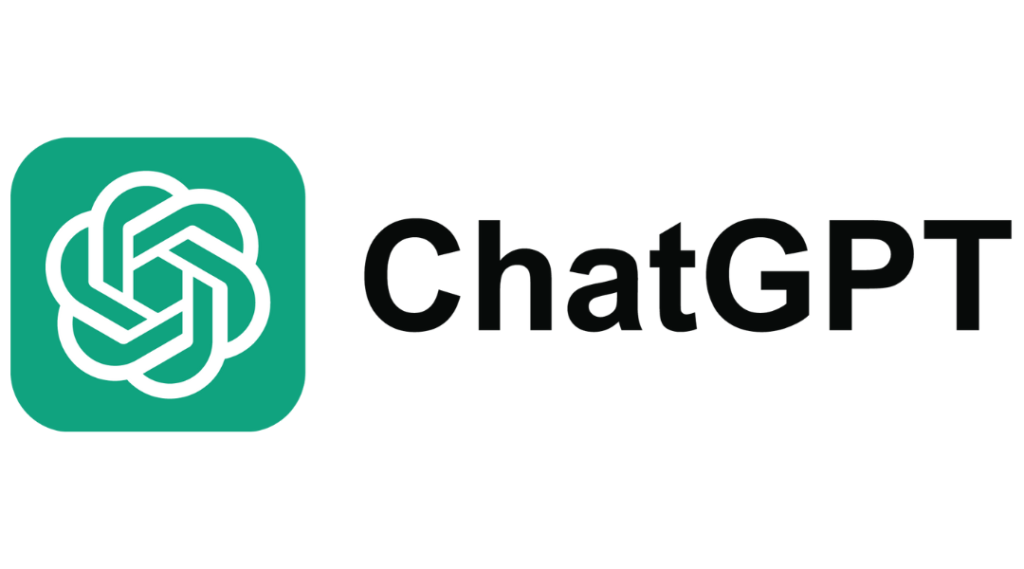
- Chat – This suggests that the model has been created largely for use in conversation. It can compose human-like responses making it very applicable to chatbots, virtual assistants, and interactive AI applications.
- GPT – This acronym stands for “Generative Pre-trained Transformer,” which is the backbone of technology that propels ChatGPT.
With all this said, let us now explore GPT in greater detail.
What is GPT?
GPT, for Generative Pre-trained Transformer, is an advanced AI language model developed by OpenAI. Here’s what this name entails:
1. Generative:
- It can generate text in a very human-like fashion based on input received.
- In other words, it does not copy and paste information but makes new content contextual.
2. Pre-trained:
- ChatGPT is trained on vast amounts of data before fine-tuning on specific tasks.
- This pre-training process allows the model to learn grammar, context, facts, and even reasoning patterns.
3. Transformer:
- The Transformer is a kind of neural network architecture that makes it possible for the model to process and generate text in an efficient manner.
- It uses mechanisms like self-attention to analyze relationships between words and phrases, making its responses more coherent and context-aware.
By combining these elements, GPT models, including ChatGPT, can generate human-like text that is relevant, meaningful, and contextually appropriate.
How Does ChatGPT Work?
ChatGPT works in such a manner as to predict the next word of a given sequence based upon context provided. Simplified enough, here’s the working of how it proceeds:
- Input of User: This model will accept a given prompt or a question from a user.
- Context Analysis: It analyzes the input by using its pre-trained knowledge.
- Response Generation: It generates a coherent response based on probability and learned patterns.
- Refinement: Depending on the version, it can refine and improve responses with user feedback.
Since it is based on deep learning and chat gpt stand for. ChatGPT does not “think” like a human but rather predicts text based on patterns learned from vast datasets.
The Evolution of ChatGPT
OpenAI has released successive versions of GPT, improving successively on one another:
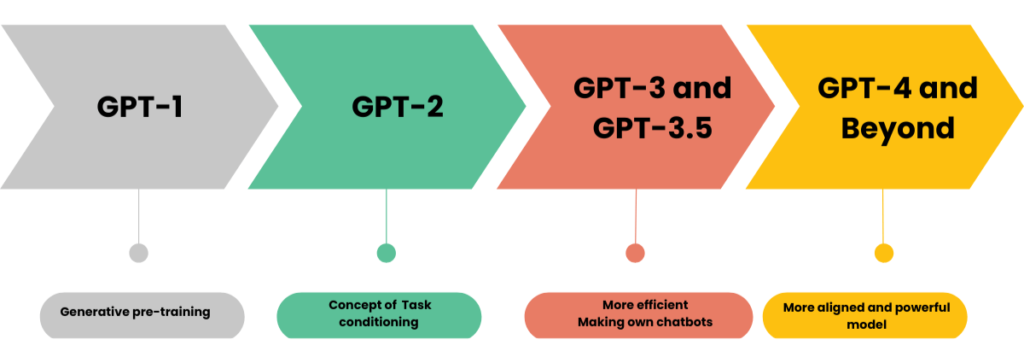
- GPT-1 (2018): the prototype, showing great promise with the potential of generative AI.
- GPT-2 (2019): much more powerful but initially withheld for fear of misuse.
- GPT-3 (2020): the latest and perhaps most impressive AI language models, able to do a wide variety of complex tasks.
- GPT-4 (2023): The most recent and sophisticated version, with enhanced accuracy and contextual understanding and multimodal capabilities (text to images).
All these advancements have made the Chats more efficient, reliable, and of application to a wider industry.
Applications of ChatGPT
ChatGPT is applied in numerous fields, including:
- Customer Service: AI-powered chatbots work 24/7.
- Content Writing: The writers use it to write blogs, emails, and scripts.
- Education: The students and the teachers use it for explanations and tutoring.
- Programming Help: The developers use ChatGPT for debugging and creating code snippets.
- Healthcare Assistant: AI is used to help answer common medical questions (but not by any means replace a professional).
Limitations and Challenges
Despite its excellence, ChatGPT has its limitations:
- It does not have live updates; hence, it operates on the existing knowledge.
- There is a chance of incorrect or misleading information from time to time.
- In case of long conversations, it sometimes loses the context of the discussion.
- There are ethical concerns associated with AI. It may lead to the production of fake news or biased information.
Despite these challenges, OpenAI continues to improve the model so that it becomes safer, more reliable, and better in alignment with human values.
Conclusion
Chat Generative Pre-trained Transformer stands for ChatGPT, a revolutionary AI-driven model in the conversations between humans and artificial systems. It is built based on deep learning, massive data training, and deep neural networks that are proficient in creating intelligent, significant, and interesting responses.
This powerful model does have some limiting factors with it, but the applications across the various industries make it a head-turner in AI-based communication. Therefore, this will continue to evolve as technology in AI gets better in the years to come.
Now that you know what does Chat GPT stand for, stay ahead in the AI revolution! Keep exploring the latest advancements in AI and tech by following TechByPrime. Have questions or insights? Drop a comment and let’s discuss

